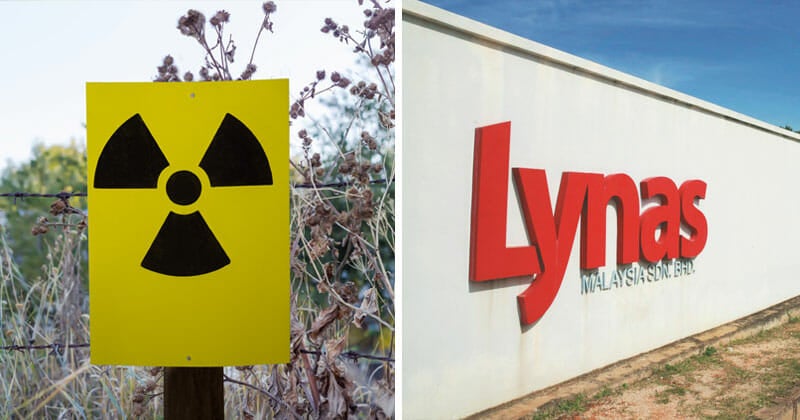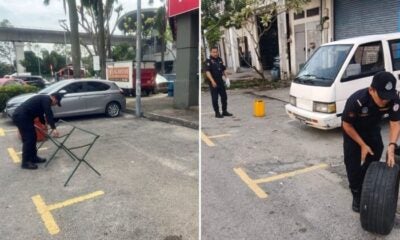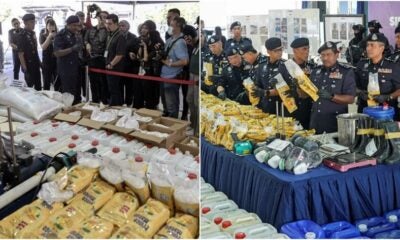The Lynas Advanced Material Plant (LAMP) is recognised as a leading global initiative in the field of rare earth processing. The core responsibilities of an Australian rare earth refining company operating in Malaysia involve the manufacturing and extraction of rare earth elements. The Malaysian government is currently facing negative perceptions from local communities due to concerns regarding its potential environmental impact, risks to human health, and potential disruption to the livelihoods of residents in the vicinity. However, the opinions expressed by individuals may be supported by the data provided by Lynas engineers regarding the integrity of waste storage systems, which could result in the substantial emission of sulfuric acid into the atmosphere.
The government plays a crucial role in facilitating the nation’s transition into a manufacturing hub and creating a conducive environment for the establishment of additional domestic companies. The rare earth elements (REEs) are extracted from concentrated raw sources that are naturally occurring in Australia. Rare earth elements (REEs) are a collection of metallic elements that exhibit distinctive chemical and physical characteristics. The Lynas Advanced Material Plant (LAMP) is a specialised facility situated in Pahang, Malaysia, with a primary focus on the production of rare earth elements. This facility has been subject to continuous examination and deliberation.
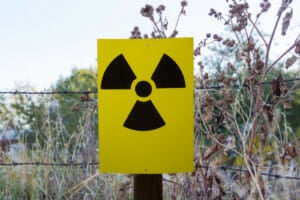
However, the extraction and processing of green technologies pose significant risks to both plant health and the environment. The matter of radiation exposure encompasses both employees and the general public. Rare earth elements (REEs) are not intrinsically radioactive; however, they are commonly found in association with naturally occurring radioactive materials (NORM) within the Earth’s crust. Based on research findings, there exists substantiated evidence indicating the importation of raw materials and rare earth ore from Australia. A concentrated mixture of rare earth elements (REEs) is currently being produced with the intention of further processing at the LAMP facility. The composition of this mixture includes radioactive elements, specifically thorium, uranium, and their corresponding decay products. As a result, the ores can undergo concentration through the ore processing procedure.
The intentional placement of LAMP in close proximity to residential areas leads to significant environmental pollution and concerns about public health among the nearby population. This is primarily due to the potential for long-term generation of hazardous and radioactive waste. The LAMP system’s continuous processing poses a potential risk of increased radiation exposure and the release of highly hazardous chemicals into the nearby terrestrial and aquatic environments. The current scenario presents adverse consequences for the local community’s overall welfare, safety, and economic stability. Therefore, it is imperative to conduct an analysis of the potential hazards linked to soil and groundwater contamination. This analysis should include an assessment of the extent of exposure and the subsequent determination of the need for implementing precautionary measures to safeguard the general population. Hence, this study aims to fulfil its primary objective.
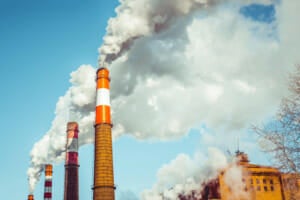
According to the research findings, it has been observed that the inhalation of air contaminated with rare earth dust can potentially lead to the onset of lung cancer, pneumoconiosis, and interstitial lung fibrosis. The consumption of food products obtained from local producers has the potential to pose health risks if these products are contaminated. It is important to acknowledge that even minimal concentrations of rare earth elements (REEs) found in food can have detrimental and long-lasting impacts on an individual’s overall health and wellness.
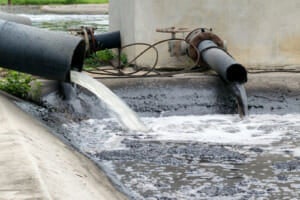
The commercial operations of Lynas entail certain risks, specifically related to the generation and management of radioactive waste. These risks have the potential to pose threats to both the natural environment and the well-being of the general population. Therefore, it is essential for the government to take responsibility for ensuring that Lynas operates with minimal potential risks. The Ministry of Science, Technology, and Innovation has responded to these concerns by implementing stringent regulations on Lynas’ operational activities. These regulations focus on ensuring the secure management and appropriate disposal of radioactive waste. Ensuring the fulfilment of these conditions is of utmost importance to ensure that the operations of the Lynas facility do not cause any negative impacts on the environment or the well-being of the nearby populations.
As per governmental authorities, it is imperative to prioritise the safety of the public and the environment over the financial interests of the corporation. Lynas should recognise that it is the government’s duty to ensure the sustainable and responsible handling of hazardous waste in accordance with the United Nations’ Sustainable Development Goals, specifically Goals 11 and 12. This is of particular importance in relation to the renewal of Lynas’ operating licence. To guarantee the safeguarding of regional communities and the environment, strict adherence to established international standards and regulations on waste management is crucial. The successful execution of this task involves the incorporation of efficient monitoring and enforcement systems, along with the facilitation of transparency and the active engagement of stakeholders.
Also read: KKM Will Be Monitoring Food Products Imported from Japan for Radioactive Content

